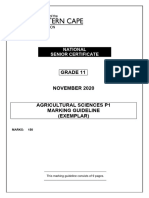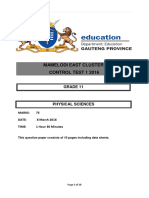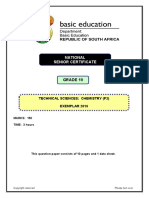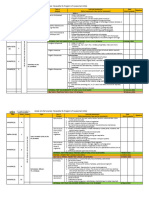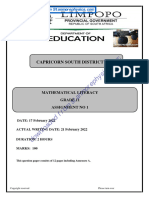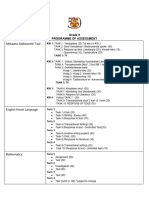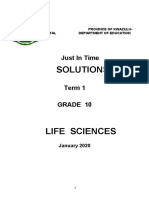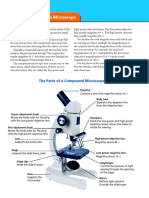0% found this document useful (0 votes)
2K views31 pagesGrade 8 Visible Light Note
The document provides an overview of visible light, its sources, and properties, including how light travels, the formation of shadows, and the concept of refraction. It also includes practical activities for students to create a pinhole camera and explore the behavior of light through various mediums. Additionally, it discusses the internal structure of the eye and how we perceive colors, along with the science behind rainbows and visual illusions.
Uploaded by
lulu.delulz.manonaCopyright
© © All Rights Reserved
We take content rights seriously. If you suspect this is your content, claim it here.
Available Formats
Download as DOCX, PDF, TXT or read online on Scribd
0% found this document useful (0 votes)
2K views31 pagesGrade 8 Visible Light Note
The document provides an overview of visible light, its sources, and properties, including how light travels, the formation of shadows, and the concept of refraction. It also includes practical activities for students to create a pinhole camera and explore the behavior of light through various mediums. Additionally, it discusses the internal structure of the eye and how we perceive colors, along with the science behind rainbows and visual illusions.
Uploaded by
lulu.delulz.manonaCopyright
© © All Rights Reserved
We take content rights seriously. If you suspect this is your content, claim it here.
Available Formats
Download as DOCX, PDF, TXT or read online on Scribd
/ 31



